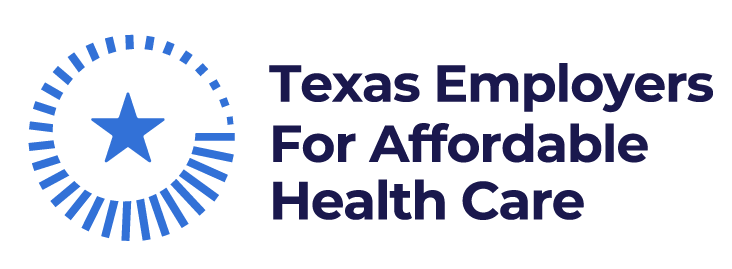Hospital consolidation drives prices up—and wages down, explains Shawn Gremmnger, president and CEO of the National Alliance of Health Purchaser Coalitions,
“I’m sure you’ve seen this in Dallas. If you probably remember—go back 20 years ago— you used to see lots of independent physician’s practices right? Doctor so-and-so providing orthopedic surgery, you name it. But nowadays, you drive around town and you see almost every physician’s practice has a hospital name on the outside right? That’s because the large hospital systems have been not only consolidating themselves—one hospital buying another to become a sort of a two hospital system and then growing from there—but also hospitals buying physician practices so that all of the care that’s being driven is going through that hospital system.
By getting bigger, that gives them the ability to leverage higher prices when they actually go and work with insurance companies and employers. The impact is both on the employer and on the employee. So, if you’re an employer, and you’re thinking about hiring a person, you’re not just looking at what is going to be the cost of their salary, you’ve got to look at their entire benefits package, right? That’s the salary, plus health insurance, plus life insurance, retirement—you name it.
With healthcare inflation going twice as fast as regular inflation that means there’s less money to go around for everything else, which is sending wages downward. So, we’re seeing people getting smaller salary increases every year in large part because so much of that money that would otherwise go to wages is now going into hospital systems through higher prices.”
About the National Alliance of Health Purchaser Coalitions
For more than 30 years, the National Alliance has brought together business coalitions and their employer and purchaser members to drive high-quality healthcare that enhances patient experience, promotes health equity, and improves outcomes while lowering costs. Its members represent public and private sectors, nonprofits, and labor unions that provide health benefits to over 90 million Americans—more than half of the employer-sponsored insurance market—spending over $850 billion annually.
